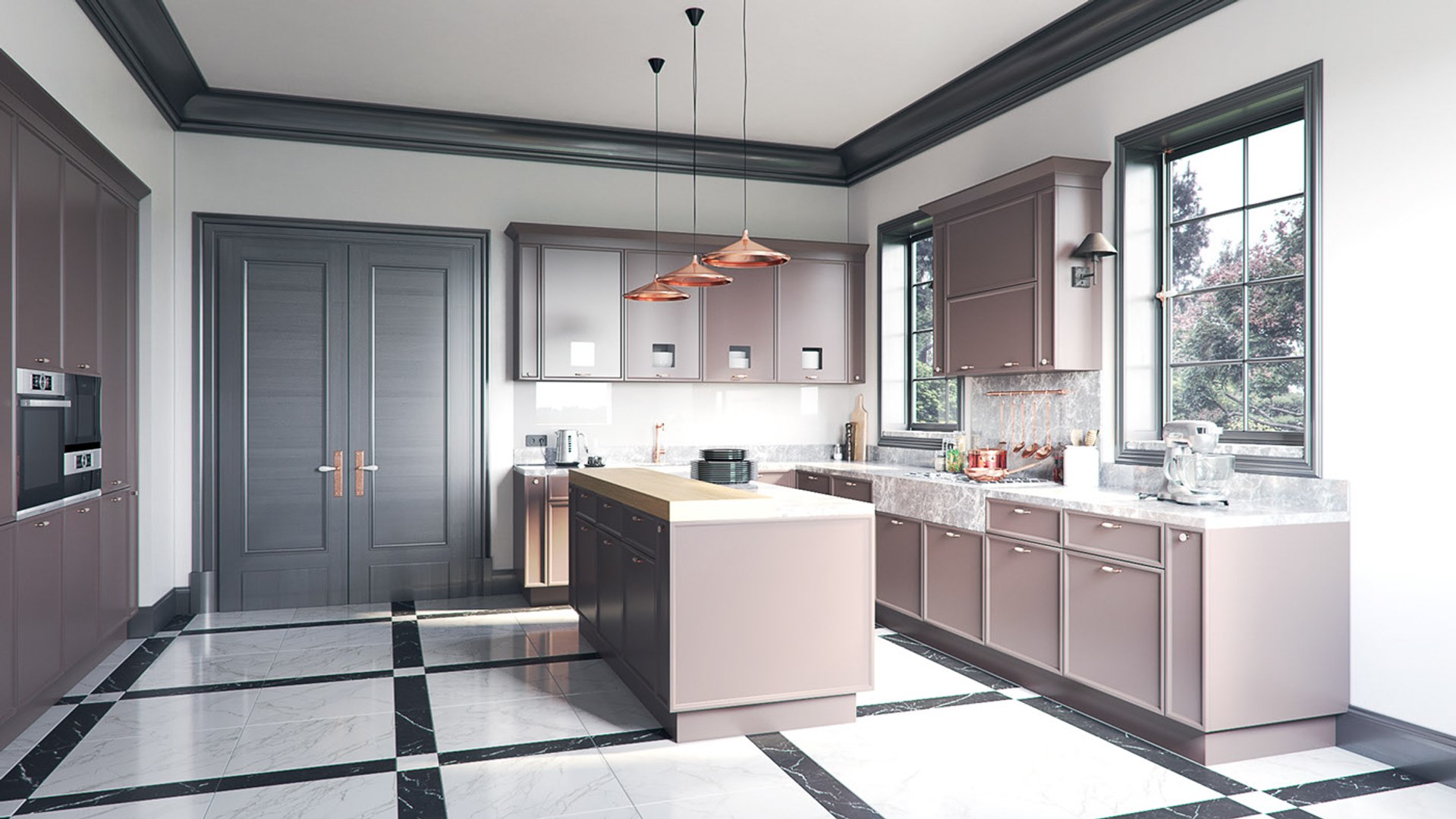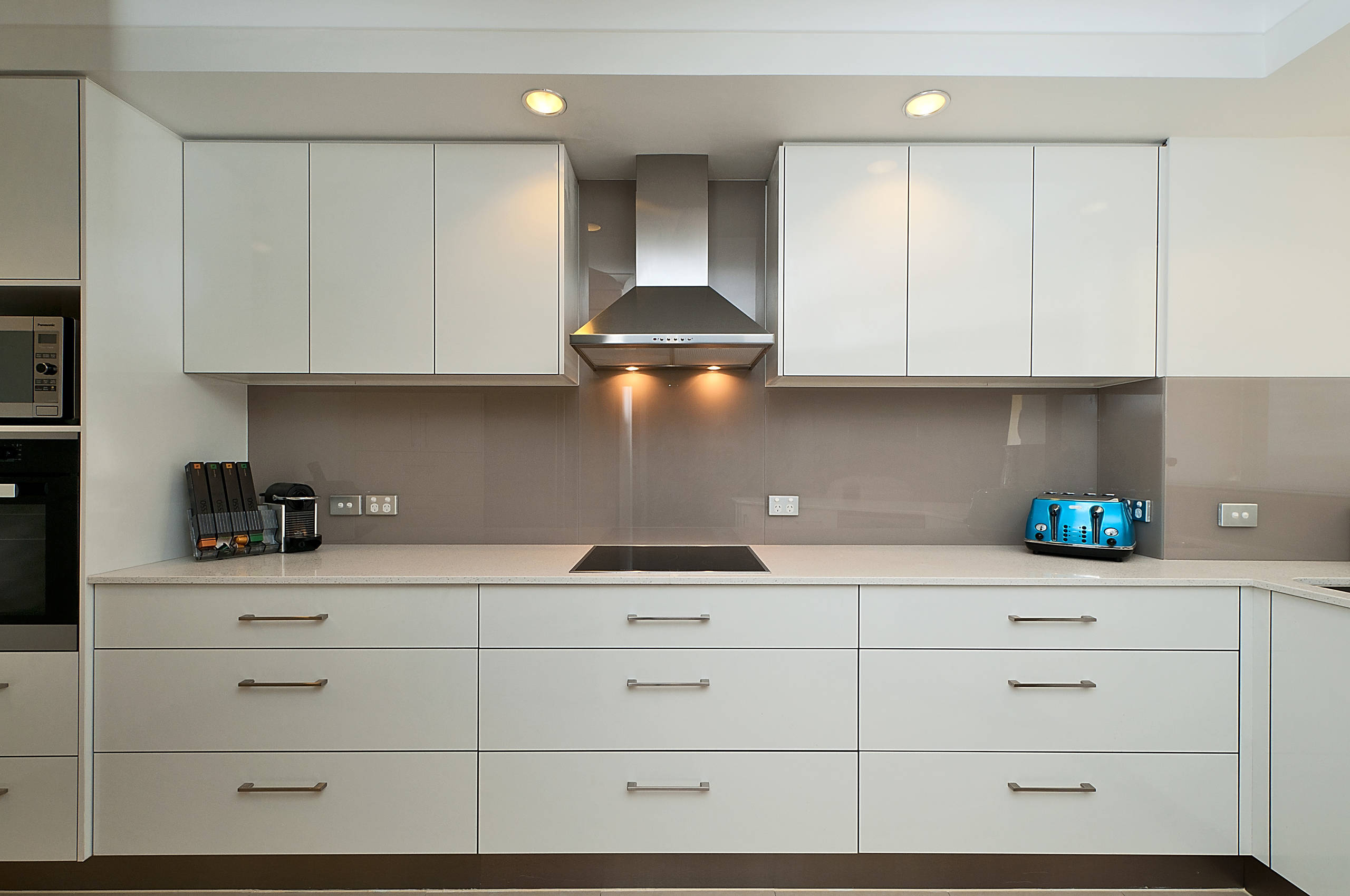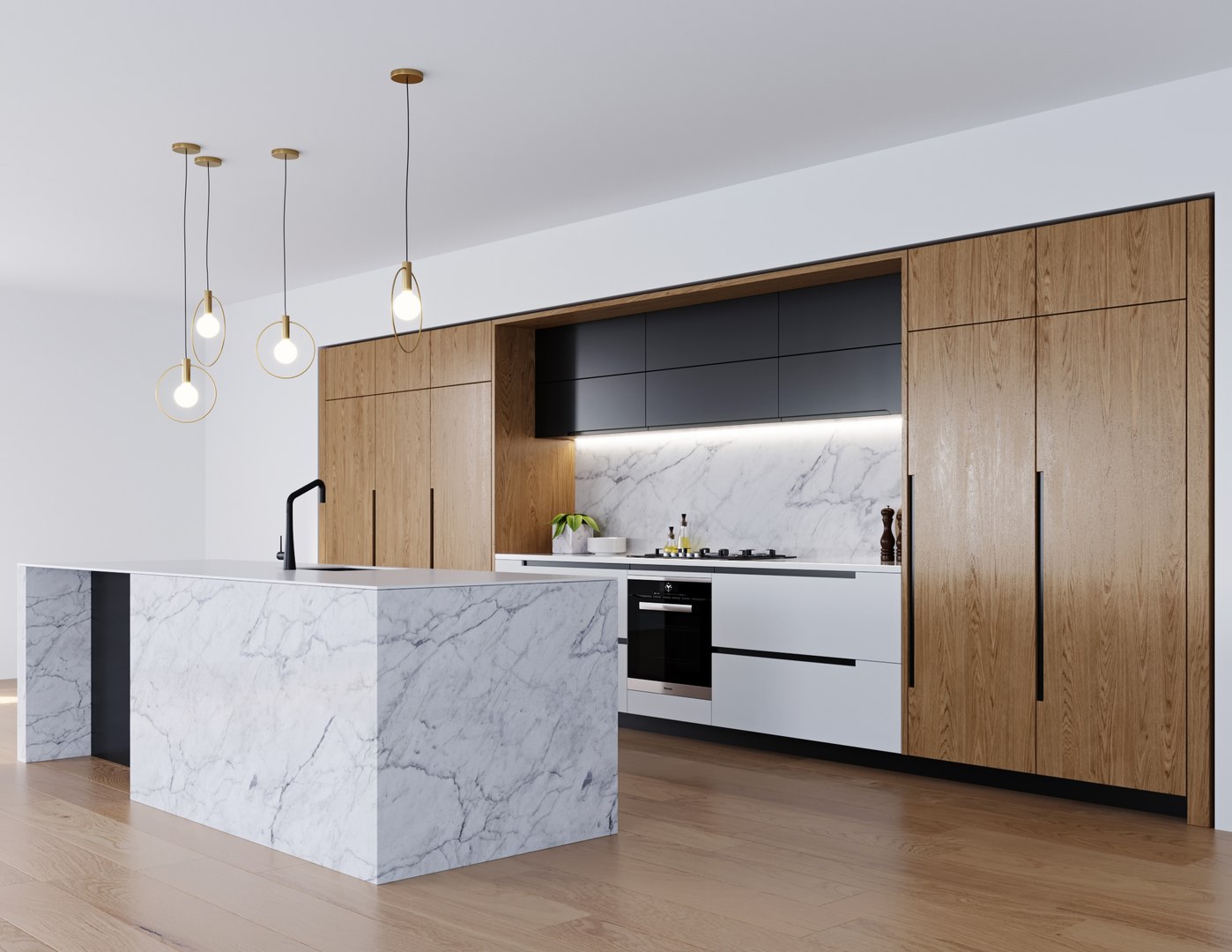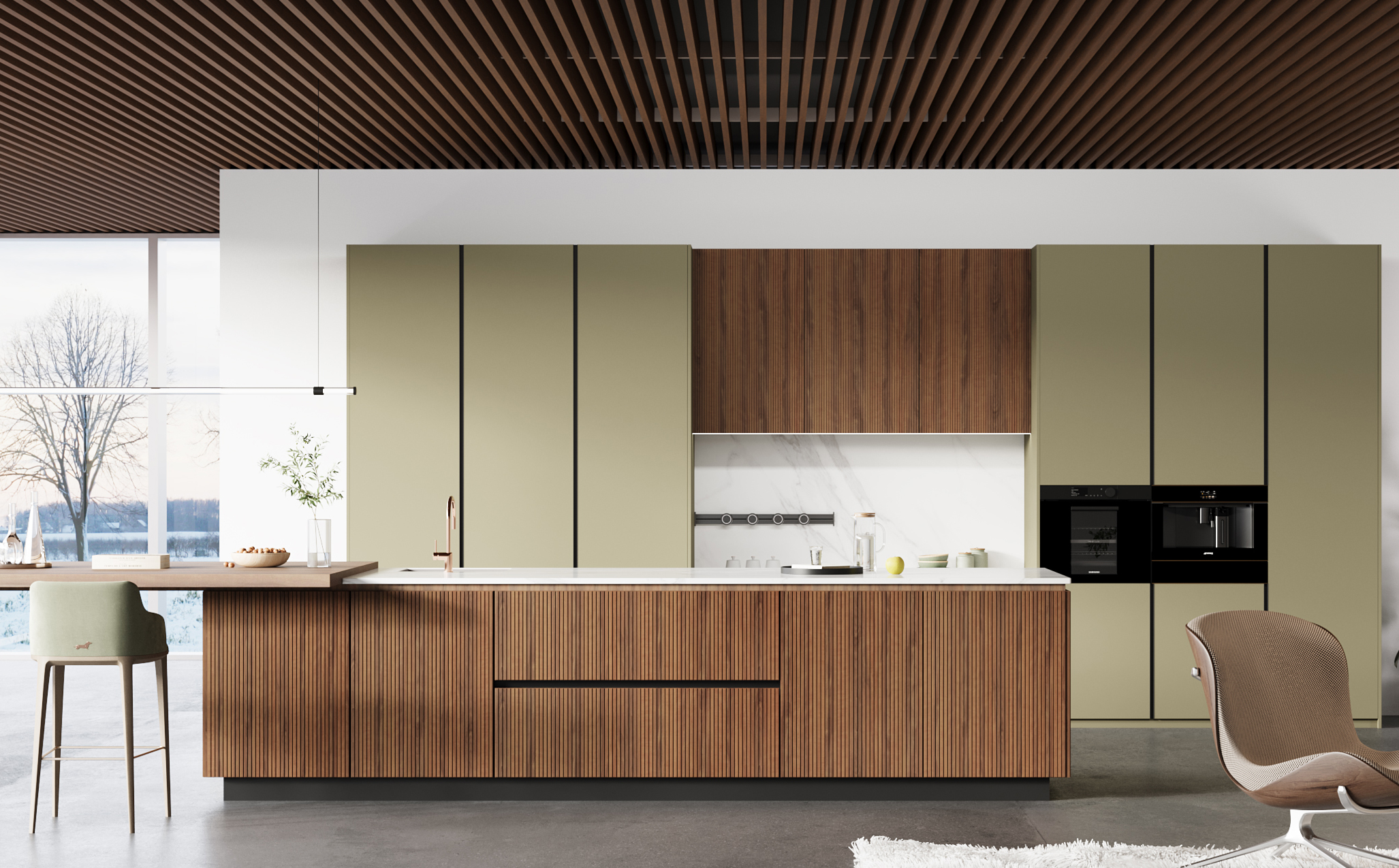In large-scale residential, hospitality, and commercial projects located in tropical, coastal, or rainy regions, cabinet protection is not just an added feature, it is a necessity. Excess moisture in the air can severely damage cabinet materials, compromise structural integrity, and shorten service life. For developers, contractors, and procurement teams, understanding how to protect cabinets from high-humidity is critical to avoiding costly repairs, warranty claims, and project delays.
This guide explores the most effective strategies for cabinet protection in high-humidity environments, from choosing the right materials to ensuring proper installation and long-term maintenance.

Understanding High-Humidity Risks for Cabinets
High humidity refers to environments where the relative humidity level regularly exceeds 60–65%. In such conditions, cabinets are exposed to:
- Warping and swelling of wooden panels and doors.
- Delamination in MDF or plywood core structures.
- Mold and mildew growth, leading to hygiene and safety issues.
- Corrosion of hardware such as hinges, drawer slides, and handles.
In coastal areas, salt in the air adds another layer of risk—accelerating hardware rust and degrading surface finishes. For some projects, such damage impacts not only aesthetics but also functionality and client satisfaction.
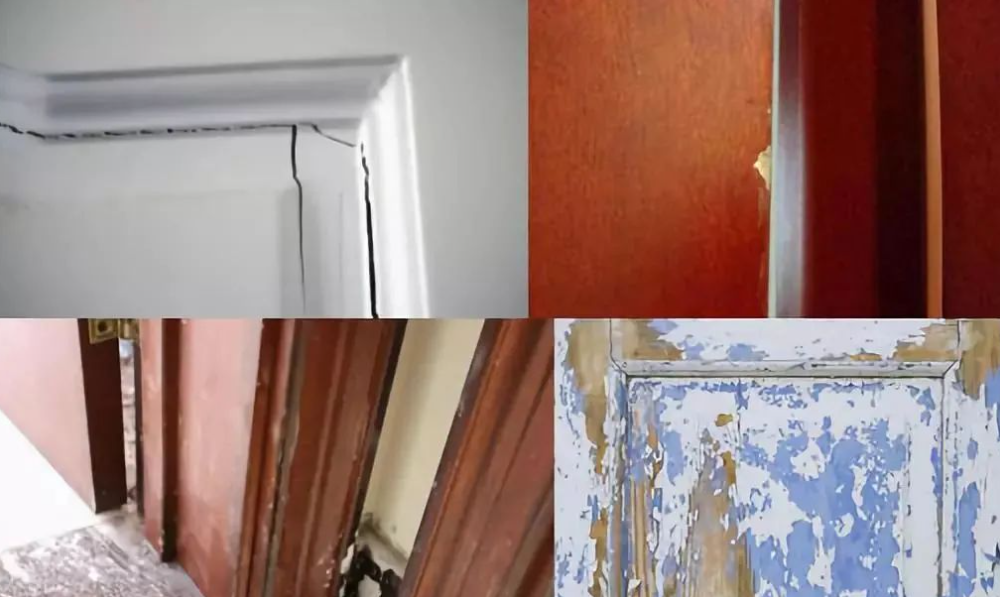
Materials and Finishes for Cabinet Protection
The first line of defense against high humidity is selecting moisture-resistant materials.
1. Base Materials
- Marine-grade plywood – Designed for wet conditions with waterproof adhesives.
- PVC board – 100% water-resistant, ideal for utility or laundry areas.
- High-density hardwood – Naturally more resistant to moisture compared to softwoods.
2. Protective Finishes
- PU (Polyurethane) coatings – Form a durable moisture barrier.
- High-pressure laminates (HPL) – Excellent resistance to both moisture and impact.
- Melamine-faced boards – Cost-effective option with moderate water resistance.
3. Moisture-Resistant Adhesives and Hardware
- D4-rated adhesives for structural bonding.
- Stainless steel or zinc-coated hardware to prevent rust.
By combining the right base material, finish, and hardware, you create a multi-layer defense system for cabinet protection.
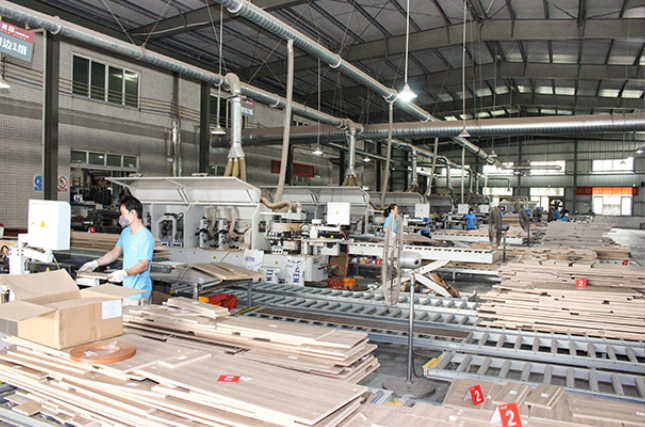
| Protection Method | Application Area | Key Benefit | Recommended For |
| Marine-Grade Plywood | Cabinet carcass &shelves | High water resistance, structural stability | Coastal & tropical residential projects |
| PVC Board | Wet zones, utility &laundry rooms | 100% moisture-proof, mold.resistant | Hotels, resorts, healthcare facilities |
| PU Coating | Exterior & edges ofcabinets | Durable waterproof barrier, easy to clean | Kitchens with high steam and cooking activity |
| High-Pressure Laminate(HPL) | Door fronts & worksurfaces | Moisture and impact resistance, aesthetic appeal | Commercial kitchens & hospitality projects |
| Stainless Steel Hardware | Hinges, handles, drawerslides | Corrosion resistance, longer, hardware lifespan | All high-humidity installations |
Design Strategies for Cabinet Protection in High-Humidity Environments
Thoughtful design choices can significantly enhance cabinet protection in high-humidity environments:
- Ventilation gaps at the back of cabinets to allow air circulation.
- Raised plinths or kickboards to prevent direct contact with wet floors.
- Moisture-proof back panels that reduce water absorption.
- Modular design for easier replacement of individual components if damaged.
These design strategies reduce the chances of moisture buildup and improve the longevity of cabinets in challenging climates.
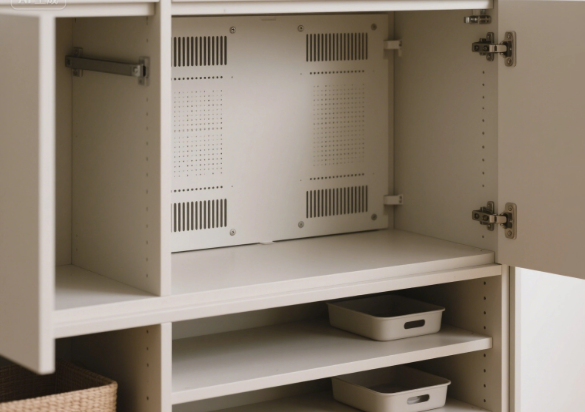
Installation Best Practices — How to Protect Cabinets from High-Humidity
Even the best materials can fail without proper installation. Here’s how to protect cabinets from high-humidity during the build phase:
1.Site Preparation
- Ensure walls and floors are completely dry before installation.
- Use a moisture barrier sheet between cabinet backs and walls.
2.Sealing and Edge Protection
- Apply waterproof sealant to all exposed edges, joints, and cutouts.
- Pay extra attention to sink base cabinets where water exposure is highest.
3.Allow for Expansion
- Maintain a small clearance between cabinets and walls to accommodate swelling or contraction without causing cracks.
Following these best practices ensures that cabinets maintain their structure and finish even in high-humidity environments.
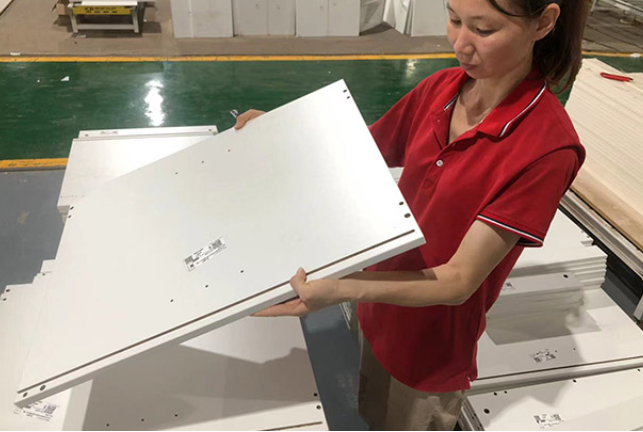
Maintenance Tips for Long-Term Cabinet Protection
For projects, proper maintenance protocols should be part of client handover documentation:
- Regular inspections every 3–6 months to check for early signs of warping or corrosion.
- Mold prevention by keeping interiors clean and dry.
- Use of dehumidifiers in enclosed or poorly ventilated spaces.
- Reapplication of protective coatings every few years to renew moisture resistance.
When combined with quality manufacturing, these measures extend cabinet lifespan and reduce the total cost of ownership for property owners.
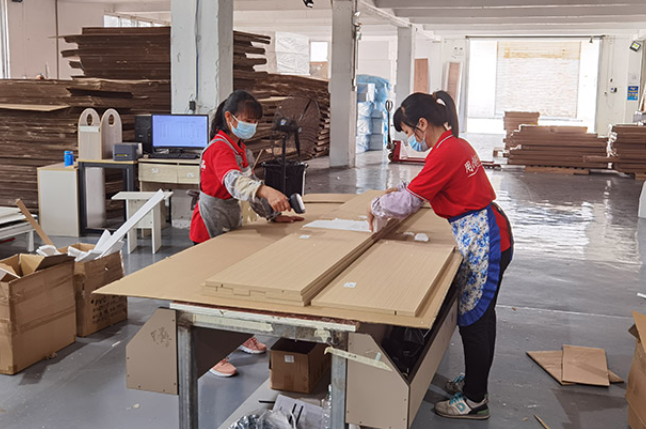
Choosing a Supplier for High-Humidity Cabinet Projects
When sourcing cabinets for high-humidity applications, selecting the right supplier is as important as the protection methods themselves. Look for:
- Experience in moisture-resistant cabinet manufacturing for similar projects.
- Access to premium materials such as marine plywood, PVC boards, and stainless hardware.
- Strict quality control following ASTM or ISO standards.
- Warranties that specifically cover high-humidity environments.
AIS specializes in producing custom cabinets designed for durability in challenging climates, with proven performance in hospitality, residential, and commercial developments worldwide.
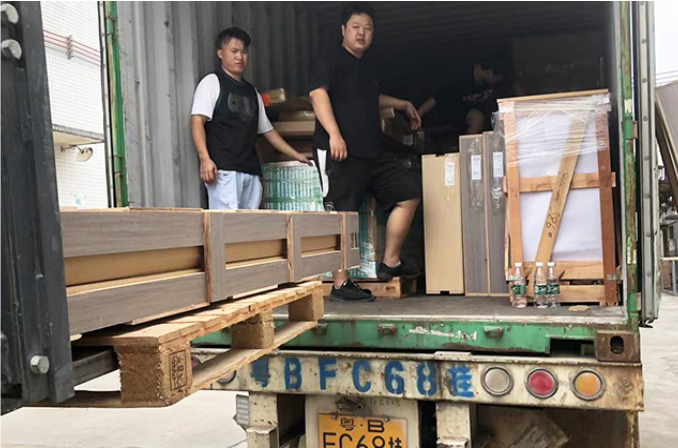
FAQ
Q1: What materials are best for cabinet protection in high-humidity environments?
A1: Marine-grade plywood, PVC boards, and high-density hardwood are ideal base materials. When paired with PU coatings, high-pressure laminates, and stainless steel hardware, they offer maximum moisture resistance for long-lasting performance.
Q2: How to protect cabinets from high-humidity during installation?
A2: Use moisture barriers between cabinets and walls, seal all exposed edges with waterproof sealant, and ensure proper ventilation gaps. Allow clearance for natural material expansion to avoid warping or cracking.
Q3: Why is cabinet protection important for coastal or tropical projects?
A3: High humidity and salt air can cause wood swelling, mold growth, and hardware corrosion. Proper cabinet protection prevents costly repairs, maintains aesthetics, and extends service life in these climates.
Q4: Can AIS provide customized cabinet protection solutions for large projects?
A4: Yes. AIS offers tailored cabinet designs, moisture-resistant materials, and precision manufacturing for residential, hospitality, and commercial projects in high-humidity regions.
Q5: How often should cabinets in high-humidity areas be maintained?
A5: Inspect cabinets every 3–6 months for signs of damage, keep interiors dry, and reapply protective coatings every few years to maintain optimal moisture resistance.
Q6: Are there industry standards for cabinet protection in high-humidity environments?
A6: Yes. Leading manufacturers follow ASTM and ISO testing standards to ensure materials meet moisture-resistance and durability requirements for challenging climates.
Conclusion
Cabinet protection in high-humidity environments is a multi-step process involving the right materials, smart design, proper installation, and consistent maintenance. For developers and contractors working in coastal, tropical, or damp climates, these measures ensure both long-term performance and client satisfaction.
To learn more about how AIS can help you implement effective cabinet protection solutions tailored for challenging environments, contact our experts today or explore our custom moisture-resistant cabinetry to ensure durability and quality in your next project.


